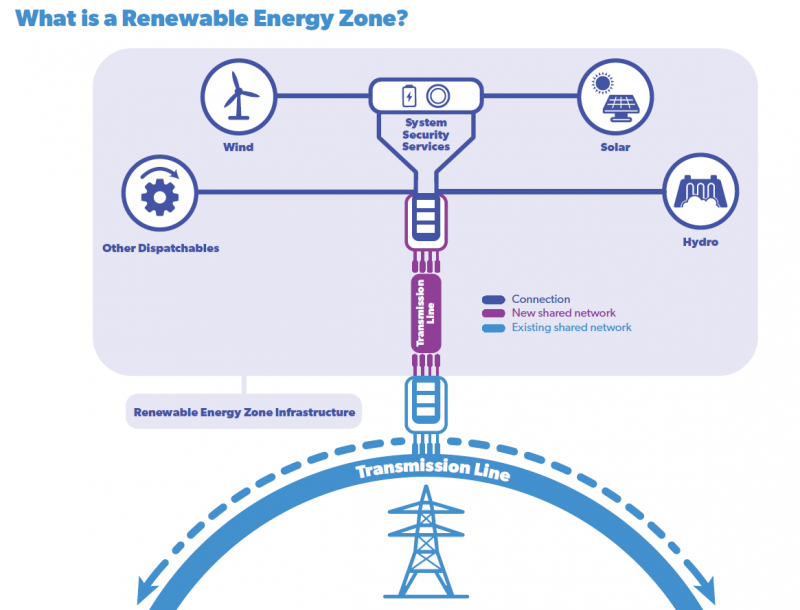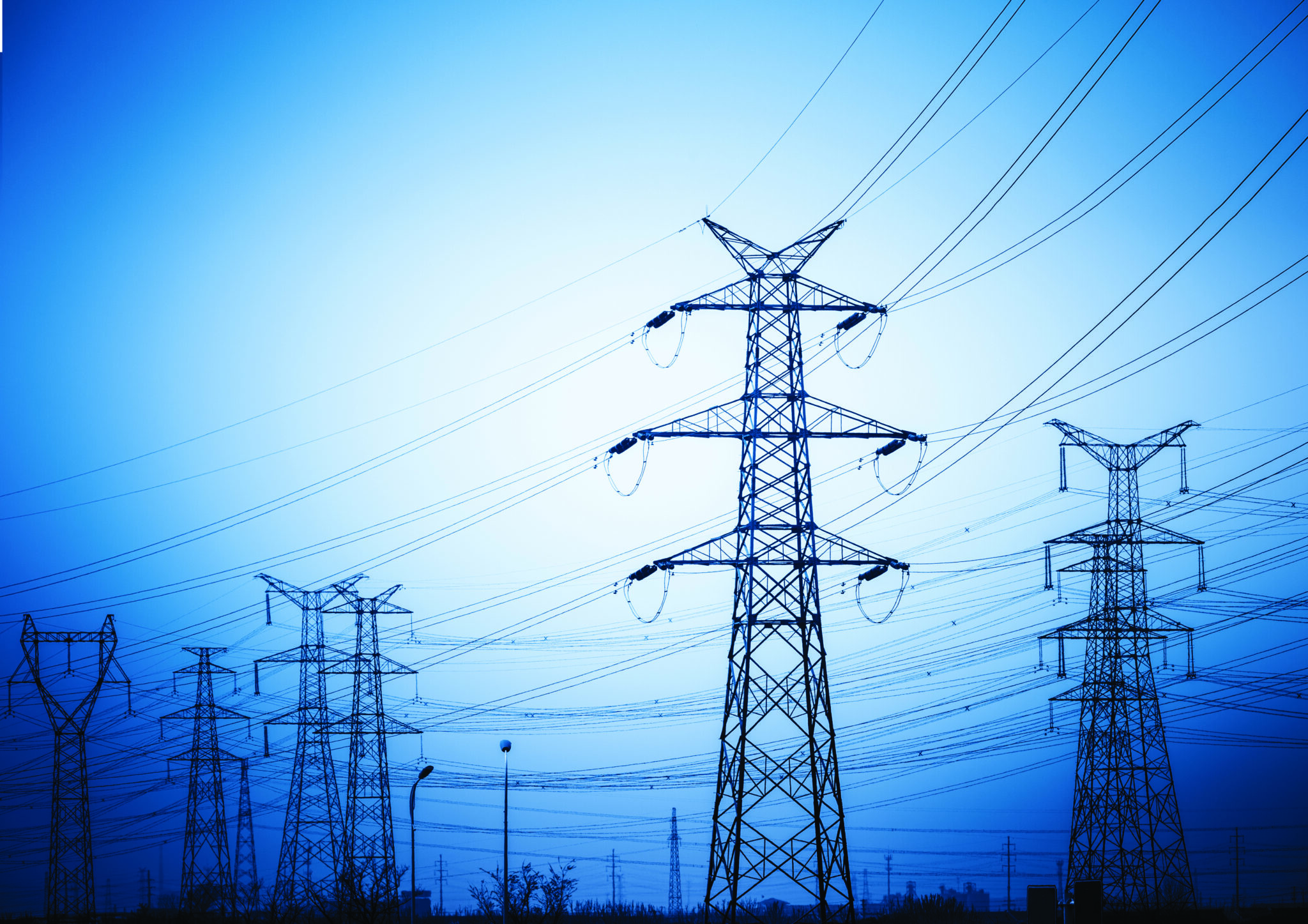On 25 November 2020, the Electricity Infrastructure Investment Bill 2020 (NSW) (Renewables Bill) passed the NSW Parliament Upper House following over 30 hours of ongoing debate that challenged 249 proposed amendments. With the Renewables Bill expected to be assented to before the end of 2020, it is guaranteed to shake up the NSW energy market and create a new playing field for energy producers, providers and consumers.
Electricity Infrastructure Roadmap
The NSW Government urgently introduced the Renewables Bill in November 2020 to give effect to the recently announced Electricity Infrastructure Roadmap (Roadmap). By 2030, the NSW Government expects that the ‘coordinated approach to transmission, generation and storage’ provided by the Roadmap will:
- deliver 12 gigawatts of transmission capacity through the New England, South West and Central-West Orana Renewable Energy Zones;
- support an estimated 3 gigawatts of new firm capacity in the NSW grid;
- attract $32 billion in private investment in regional energy infrastructure;
- support over 6,300 construction jobs and 2,800 ongoing jobs, predominantly in regional NSW;
- lower electricity bills for NSW households and small businesses; and
- contribute towards the NSW Government’s Net Zero Plan by delivery 90 million tonnes of reduced carbon emissions.
While the NSW Energy Minister (Minister) has described the passing of the Renewables Bill in the Upper House as a “historic victory for the people of NSW”, questions have emerged regarding the Renewables Bill’s broader implications for energy producers, providers and consumers alike. Many current operators in the energy sector have advocated for the market to be left to continue to drive investment in low carbon energy storage technology.
Electricity Infrastructure Investment Bill 2020
The Renewables Bill is an interventional approach that sets up a framework for investment in generation, storage and network infrastructure that includes the following main components:
- the assessment and monitoring of an energy security target for electricity supply for each year;
- renewable energy zones in particular geographical areas of the State that are made up of particular generation, storage and network infrastructure;
- the construction and operation of network infrastructure in renewable energy zones and other areas of the State;
- a framework for cost recovery by network operators who construct and operate network infrastructure;
- derivative arrangements for persons who construct and operate generation, storage and firming infrastructure,
- contributions from distribution network service providers to effective underwrite new energy projects – with some labelling this as a ‘carbon tax’.
Energy Security Targets
The Renewables Bill provides for Energy Security Targets (Targets) to be introduced, monitored and reported on by a person or body appointed by the Minister. The Targets will be based on the following formula:
energy security target = maximum demand + reserve margin,
where
maximum demand is the forecast peak demand for megawatts of electricity used by NSW electricity customers, based on a 10% probability of exceedance (POE) forecast methodology.
reserve margin is the sum of the amount of megawatts of electricity capable of being produced by the 2 generating units in the State that are capable of producing the largest amounts of megawatts of electricity according to AEMO for the financial year or a different amount prescribed by the regulations.
These Targets must be set and reported on annually in monitoring reports, alongside other details such as the annual predictions for the ten years ahead, an assessment of whether the estimated capacities will be met, and other information found to be relevant. These reports will be released to the public and provided to the Minister for consideration and response.
Renewable Energy Zones and Network Infrastructure Projects
In addition to the Central West-Orana, South West, New England, Hunter-Central Coast and Illawarra areas, the Renewables Bill allows for other areas to be declared as Renewable Energy Zones (zones) and for the Minister to specify the generation, storage or network infrastructure that will be implemented in each zone (see Figure 1). The Renewables Bill provides for:
- a review of the zones by the ‘infrastructure planner’ appointed under the Renewables Bill who is to make recommendations regarding the best infrastructure options available for each zone;
- the development of ‘network infrastructure projects’, which will consist of energy transition and distribution infrastructure;
- the establishment of an ‘access scheme’, that will authorise or prohibit access to, and use of, specified network infrastructure in a renewable energy zone by network operators and operators of generation and storage infrastructure; and
- the ability for the infrastructure planner to serve an order on an operator, prohibiting the operation from allowing a proponent to connect proposed infrastructure to the operator’s network infrastructure, unless the proponent has development consent under the Environmental Planning and Assessment Act 1979 for the proposed infrastructure.

The Hunter, Central Coast and Illawarra Regions were added to the Renewable Energy Zones as part of the broad amendments to Renewables Bill this week.

Electricity Infrastructure Investment Safeguard and Fund
To fund the Roadmap objectives, the Renewables Bill creates an ‘Electricity Infrastructure Fund’ (Fund) which will provide a financial vehicle for the receipt of payments from a broad range of sources, including voluntary and ordered contributions, monies payed under a long-term energy supply agreement, monies paid under access schemes, and monies received back from Fund investment. Distribution network service providers will also be required to pay contributions into the Fund.
The Fund will pay for the operations of the Renewables Bill, including agreements under the ‘Electricity Infrastructure Investment Safeguard’ (Safeguard). The Safeguard provides objectives for long-duration storage, generation and firming infrastructure as well as development pathways for such infrastructure. The Renewables Bill also provides for funding to be secured through derivative arrangements referred to as long-term energy service agreements that are entered into between the scheme financial vehicle and persons who operates and constructs generation, long duration storage or firming infrastructure.
Further considerations for your current project or operation
In addition to the changes intiated by the Roadmap, other changes that the Renewables Bill will introduce include:
- new compliance measures for individuals and businesses in the development and energy sector, including network operators, with a range of offences for compliance failures including penalty notices and financial penalties of up to $275,000 for an individual or $550,000 for a business;
- the establishment of new roles within the regime, including the creation of a consumer trustee, financial trustee, infrastructure planner and regulator to oversee the operation of the Renewables Bill;
- the appointment of an electricity infrastructure job advocate to advise the Minister about strategies and incentives to encourage investment, development, workforce development, employment, education and training in the energy sector and road, rail and port infrastructure to promote export opportunities for generation, storage and network technology;
- potential financial repercussions for distributors and consumers, as the scheme allows for both voluntary contributions to the Fund and for contribution orders to be issued to distribution network service providers; and
- increased employment and income opportunities for Aboriginal and Torres Strait Islander people in NSW through engagement and participation in relevant projects.
Comprehensive regulations supporting the Renewables Bill are expected to be released in early 2021 and will provide greater clarity around issues such as:
- the factors and method for calculating maximum demand for an Energy Security Target;
- the eligibility criteria and selection process for network operators who may be authorised or directed to carry out a network infrastructure project.
If you would like to know more about this Renewables Bill and how it will affect your current project or operation, please do not hesitate to contact us for expert advice. For further information on any of the issues raised in this alert, please contact one of our authors below.
